In this tour, get to know:
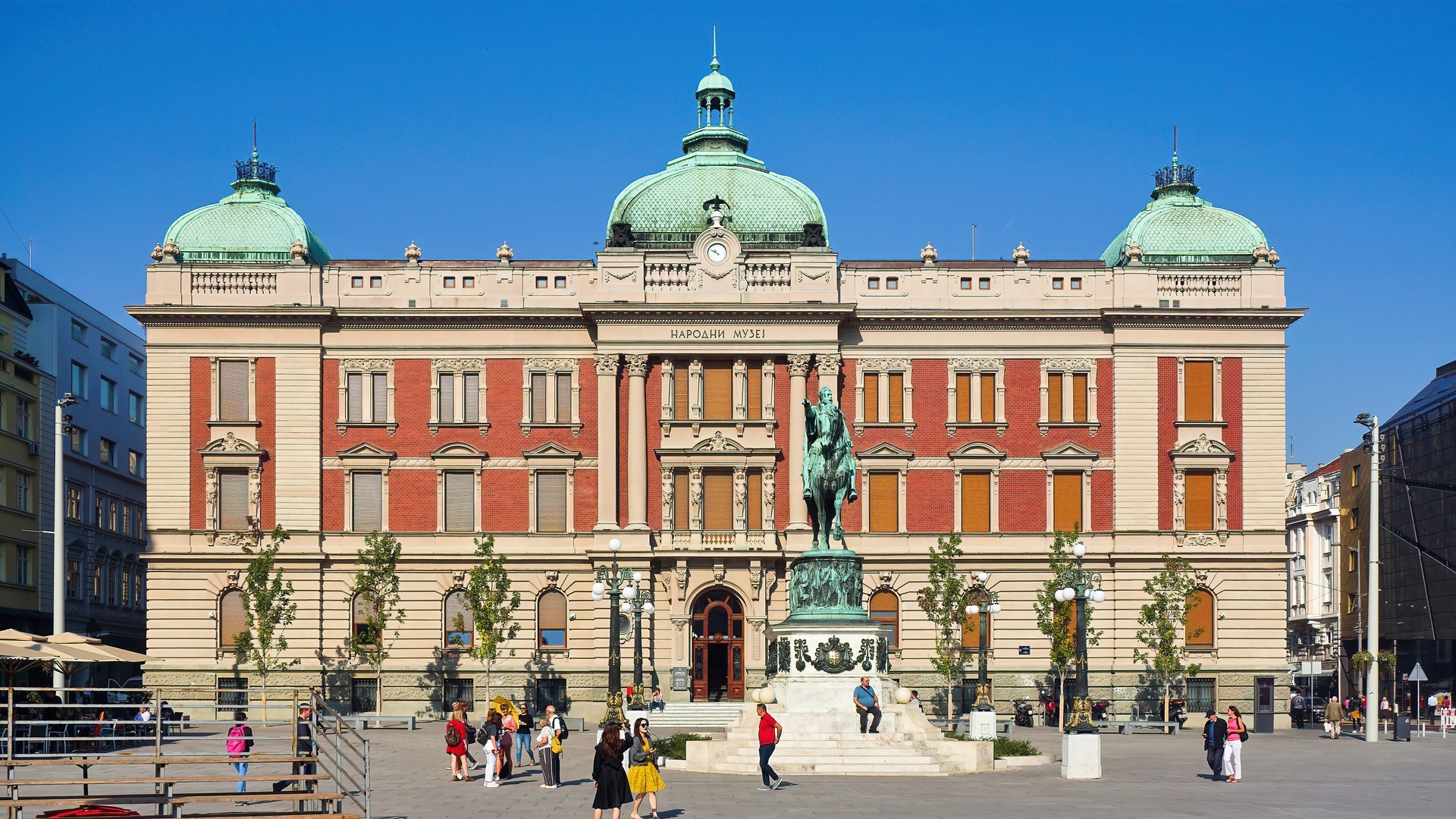 (cc)simon04/CC BY-SA 4.0
(cc)simon04/CC BY-SA 4.0
National Museum
The National Museum in Belgrade was founded in 1844. It is located in the city center, at 1a Republic Square. It is a complex type of museum, dedicated to the protection, interpretation and promotion of the multicultural heritage of the Central Balkans and Europe, from prehistory to the present day,...
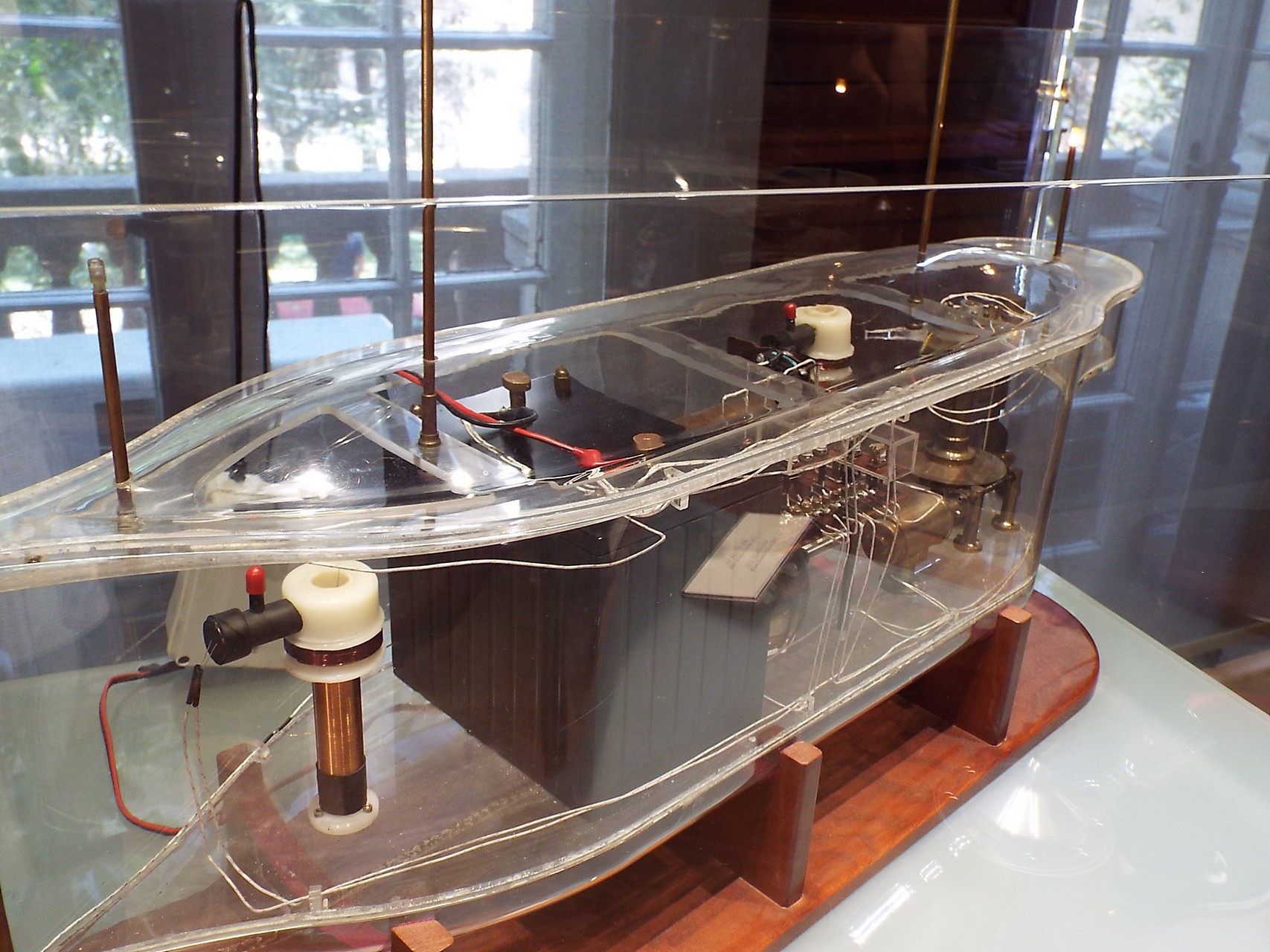 (cc)Vislupus/CC BY-SA 4.0
(cc)Vislupus/CC BY-SA 4.0
Nikola Tesla Museum
The Nikola Tesla Museum is a unique institution which boasts the largest collection of documents on the life of the one of the world’s greatest scientists. The Museum contributes to a broader and clearer insight into the great contribution to science and society, which Nikola Tesla gave to all humanity...
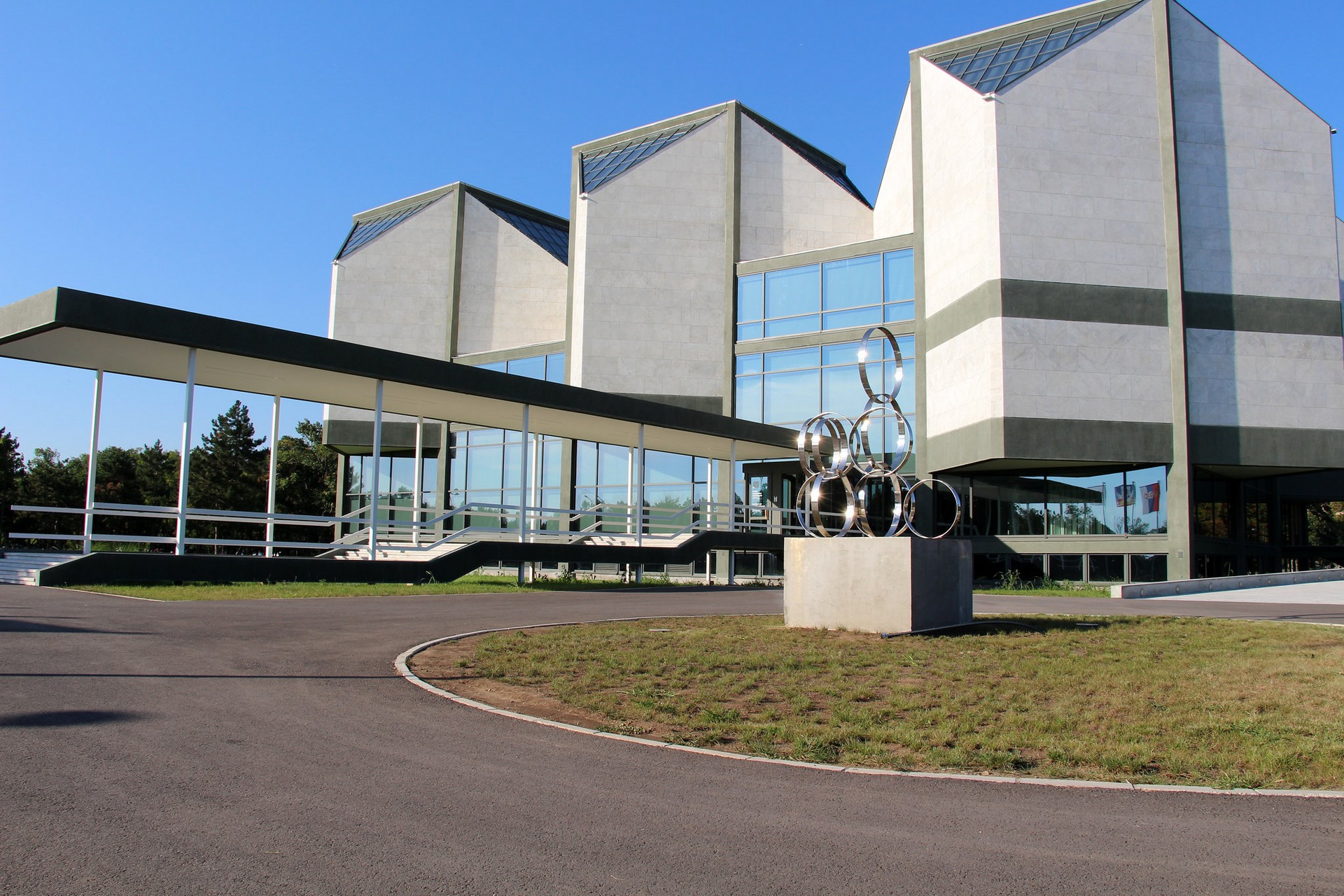 (cc) Fred Romero/CC BY 2.0
(cc) Fred Romero/CC BY 2.0
Museum of Contemporary Art
Since its foundation in 1965, the Museum of Contemporary Art has based its display policy on the representation of the most relevant artists, periods, movements and tendencies in Yugoslav, Serbian and international art of the 20th century. On the European and world map of modern and contemporary art, the Museum...
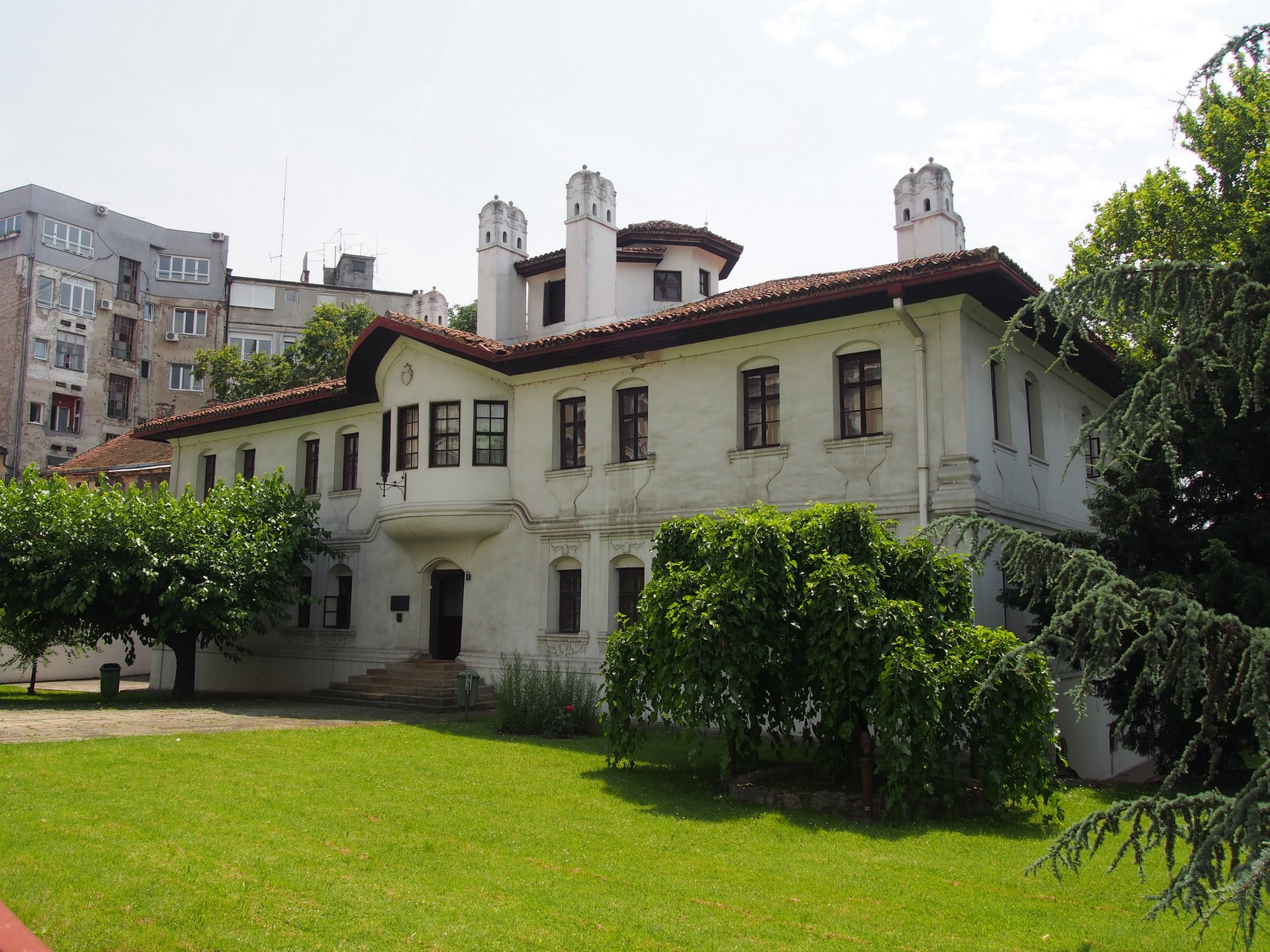 (cc)Никола Цветковић /CC BY-SA 3.0
(cc)Никола Цветковић /CC BY-SA 3.0
Belgrade City Museum
The Belgrade City Museum, formerly the Municipal Museum, was founded by the municipal authorities of Belgrade in 1903. The Museum’s collection of items from the period of prehistory, with a large part dedicated to the period of antiquity, and a collection of engravings and maps of Belgrade from the 16th...
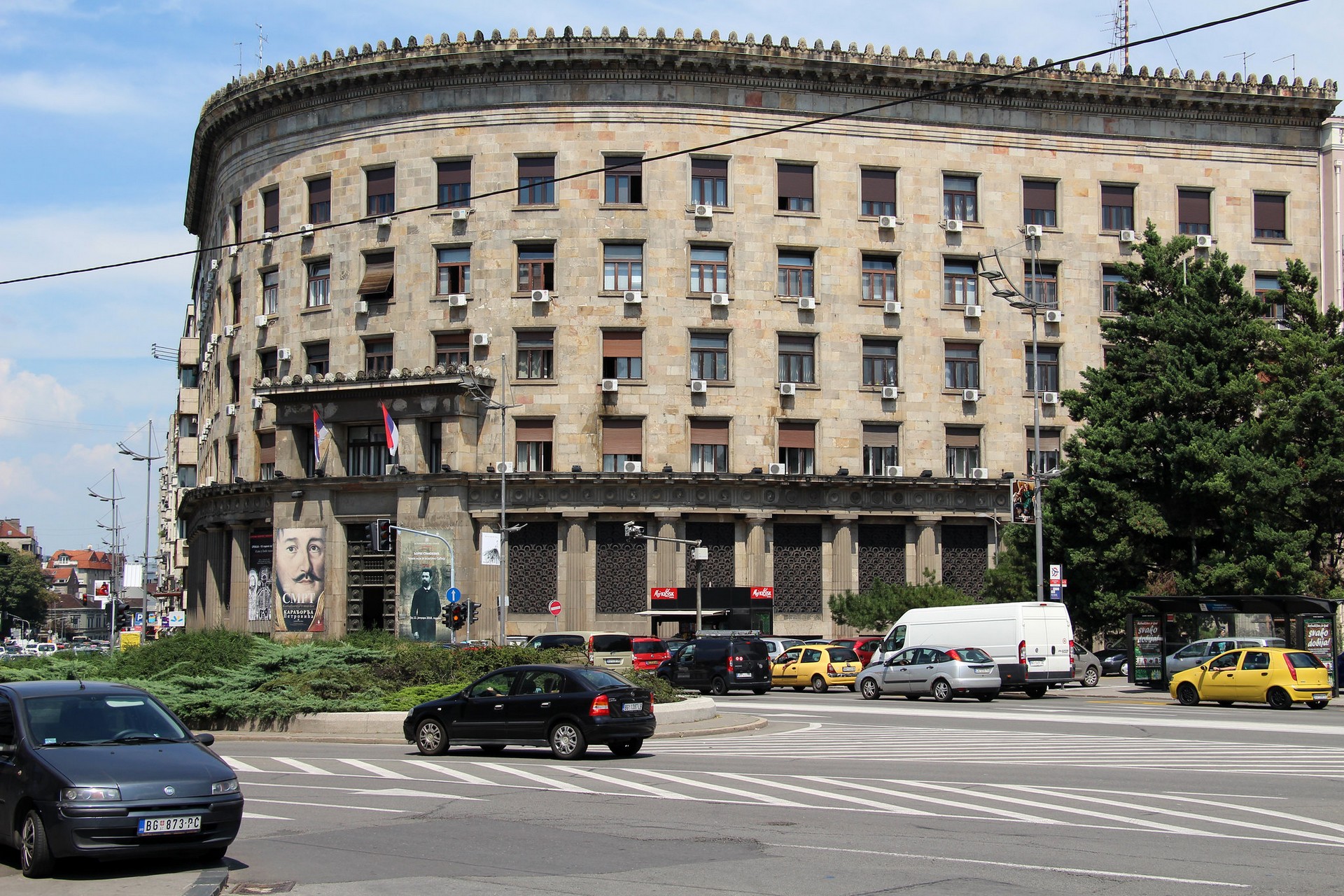 (cc) Fred Romero/CC BY 2.0
(cc) Fred Romero/CC BY 2.0
Historical Museum of Serbia
The Historical Museum of Serbia was founded in 1963. Through its exhibits, the museum articulates and interprets knowledge about the past of Serbia and the Serbian people, as well as other peoples and cultures that have lived and still live in the territory of Serbia from the Middle Ages to...
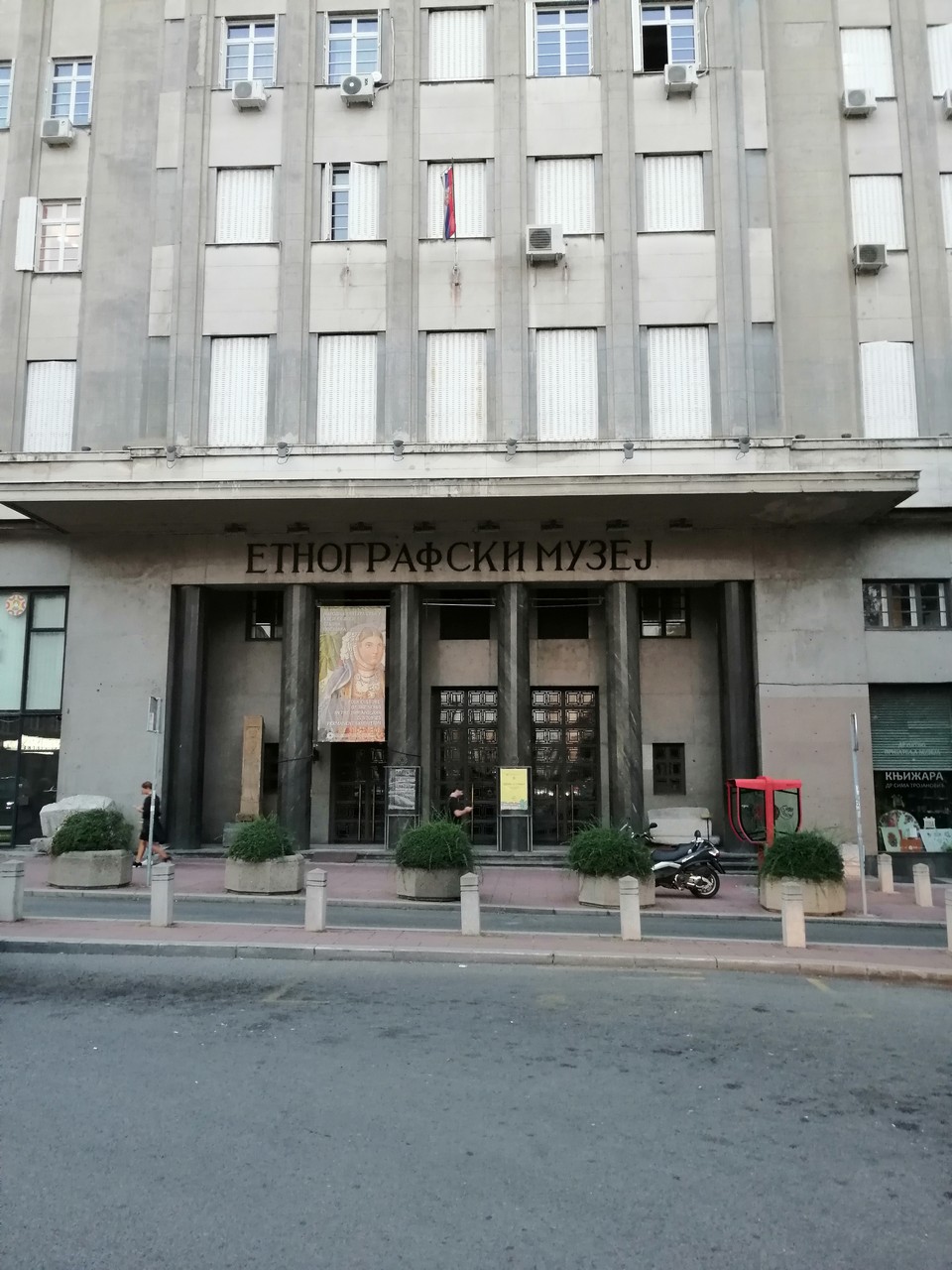 (cc)Miljan Simonović/CC BY-SA 4.0
(cc)Miljan Simonović/CC BY-SA 4.0
Ethnographic Museum
The Ethnographic Museum in Belgrade was founded in 1901, when the Ethnographic Department was separated from the National Museum of Serbia. It is among the oldest museums in Belgrade. The first permanent exhibition of collected ethnographic objects, from the entire area of the Balkan Peninsula, was opened in 1904. Today,...
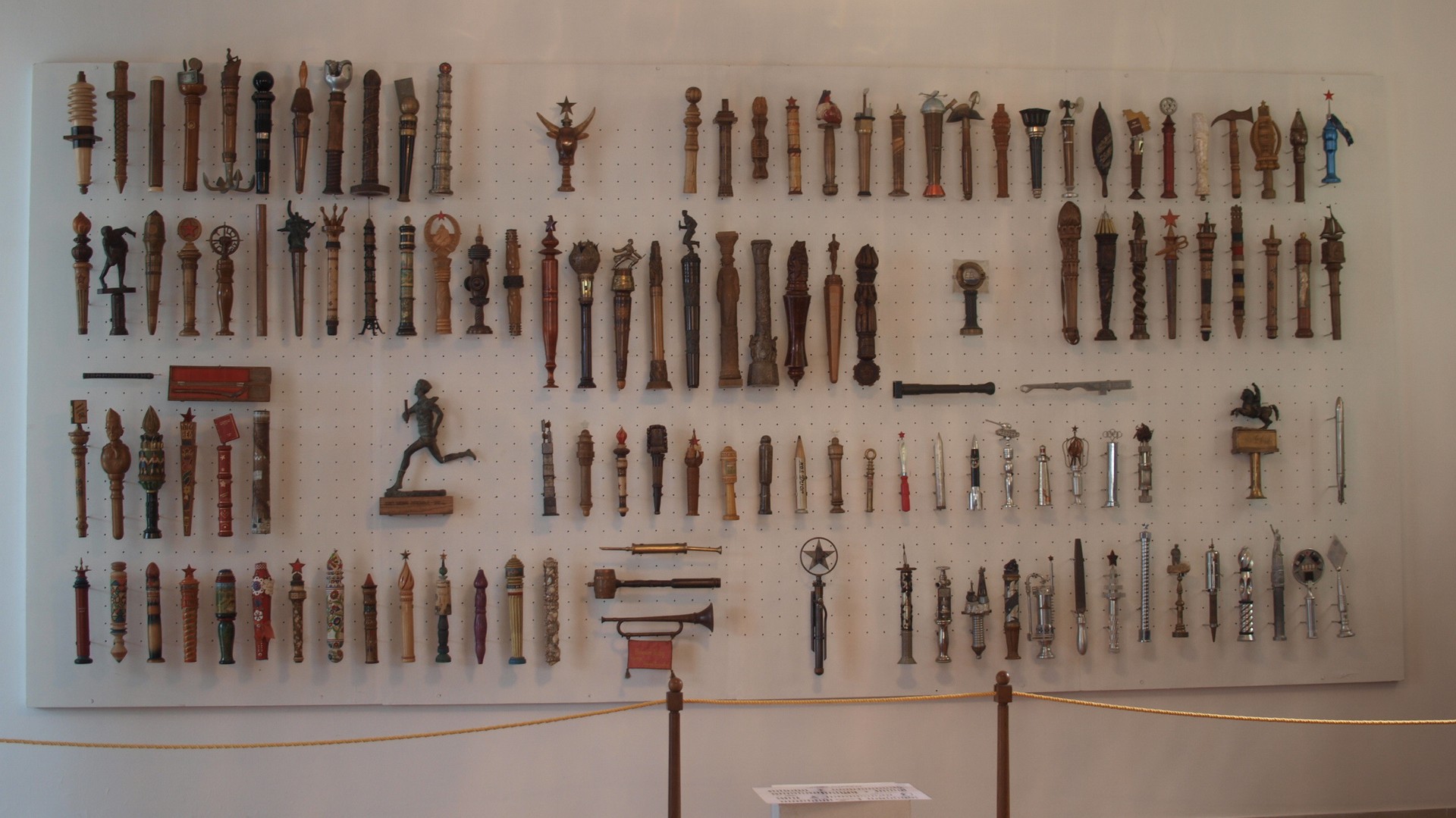 (cc)tomislav medak/CC BY 2.0
(cc)tomislav medak/CC BY 2.0
Museum of Yugoslavia
The Museum of Yugoslavia is a cultural institution that collects and exhibits various objects related to the history of Yugoslavia. At the same time, this is a place where the cult and the epoch of Josip Broz Tito, the lifelong president of Yugoslavia and one of the most important personalities...
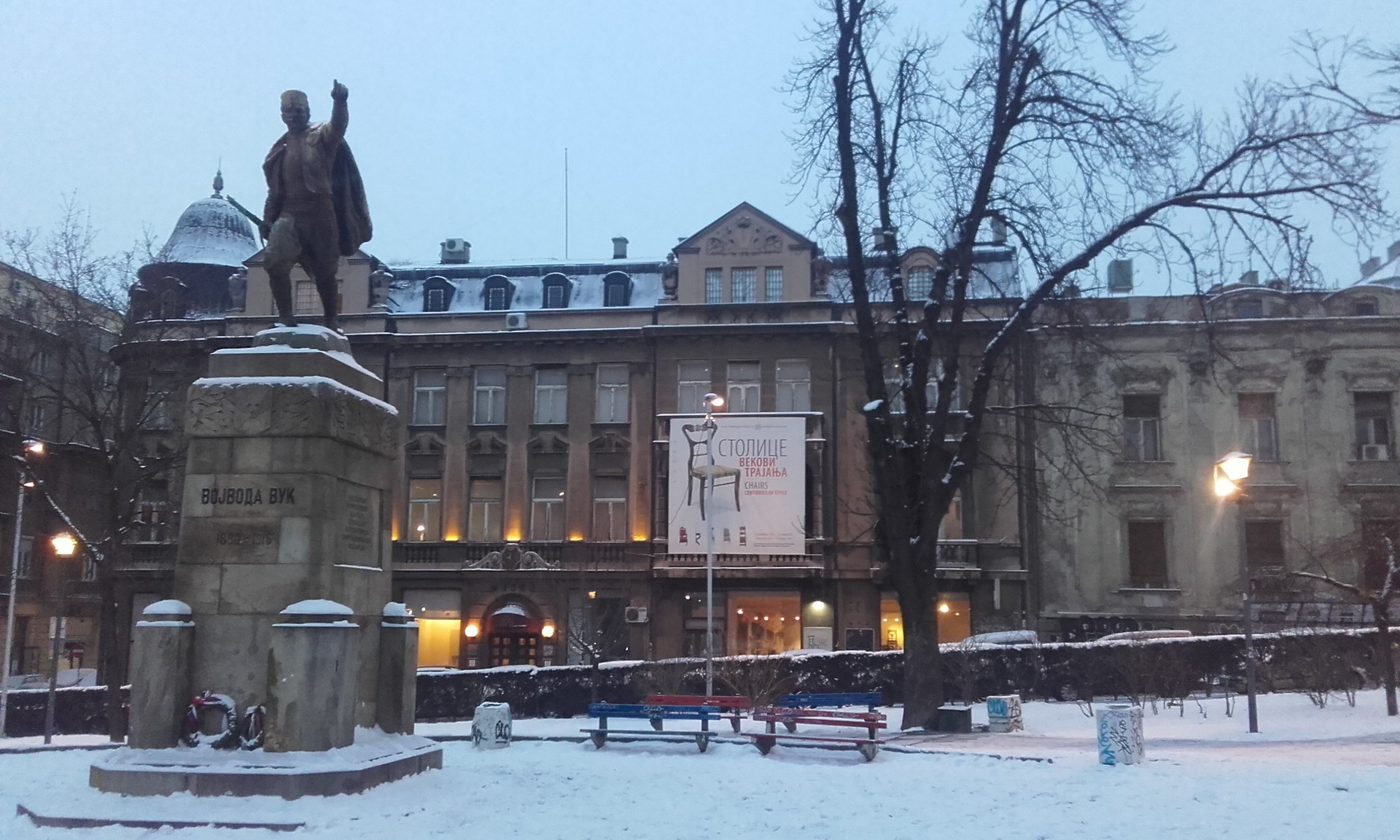 (cc)DraginjaMPU/CC BY-SA 4.0
(cc)DraginjaMPU/CC BY-SA 4.0
Museum of Applied Art
The Museum of Applied Art was founded in 1950. It is located in the very center of Belgrade, in Topličin venac, 18 Vuka Karadžića Street. It belongs to the category of specialized art museums. The Museum systematically collects, preserves, studies, exhibits and publishes works of applied art from the country...
 (cc) Fred Romero/CC BY 2.0
(cc) Fred Romero/CC BY 2.0
Jewish History Museum
The Jewish History Museum is located at 71A Kralja Petra Street. It was founded in 1948. The Museum operates under the auspices of the Federation of Jewish Communities of Serbia and is the only Jewish museum in Serbia. The permanent exhibition of the Museum contains documents, photographs, exhibits and artworks...
 (cc)Miljan Simonović/CC BY-SA 4.0
(cc)Miljan Simonović/CC BY-SA 4.0
Museum of Pedagogy
The Museum is located at 14 Uzun Mirkova Street. It was founded in 1896 and is one of the oldest museum institutions in Serbia. It was founded by the Teachers’ Association of Serbia with the task of collecting and keeping “the teaching aids and everything else that is related to...
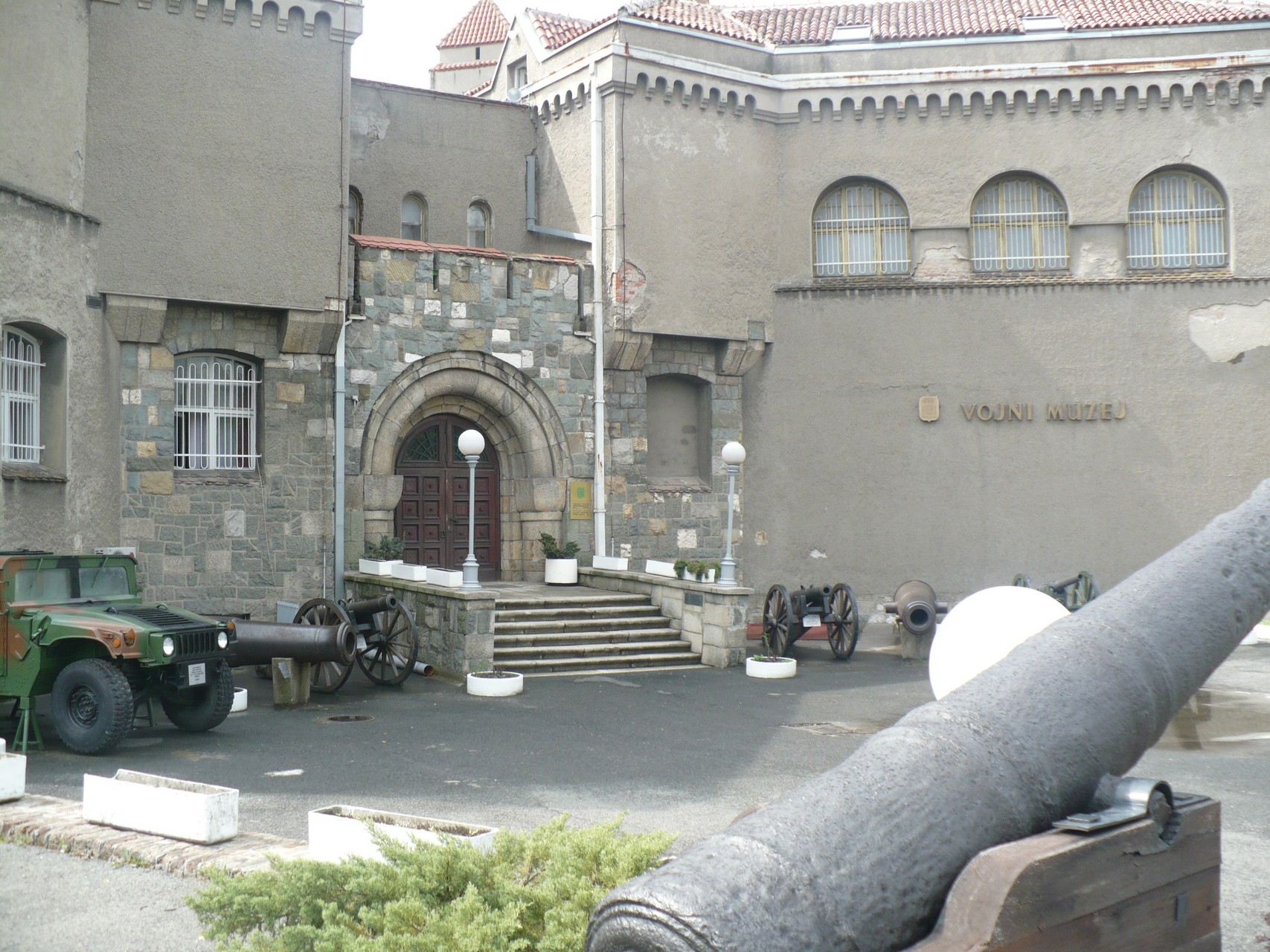 (cc) Vikiçizer/CC BY-SA 4.0
(cc) Vikiçizer/CC BY-SA 4.0
Military Museum Belgrade
The Military Museum in Belgrade is located within the Belgrade Fortress complex, in a building erected in 1924 for the needs of the Military Geographical Institute. The Museum was founded by the Decree of Prince Milan Obrenović in 1878, and the first exhibition was opened in 1904 on the occasion...
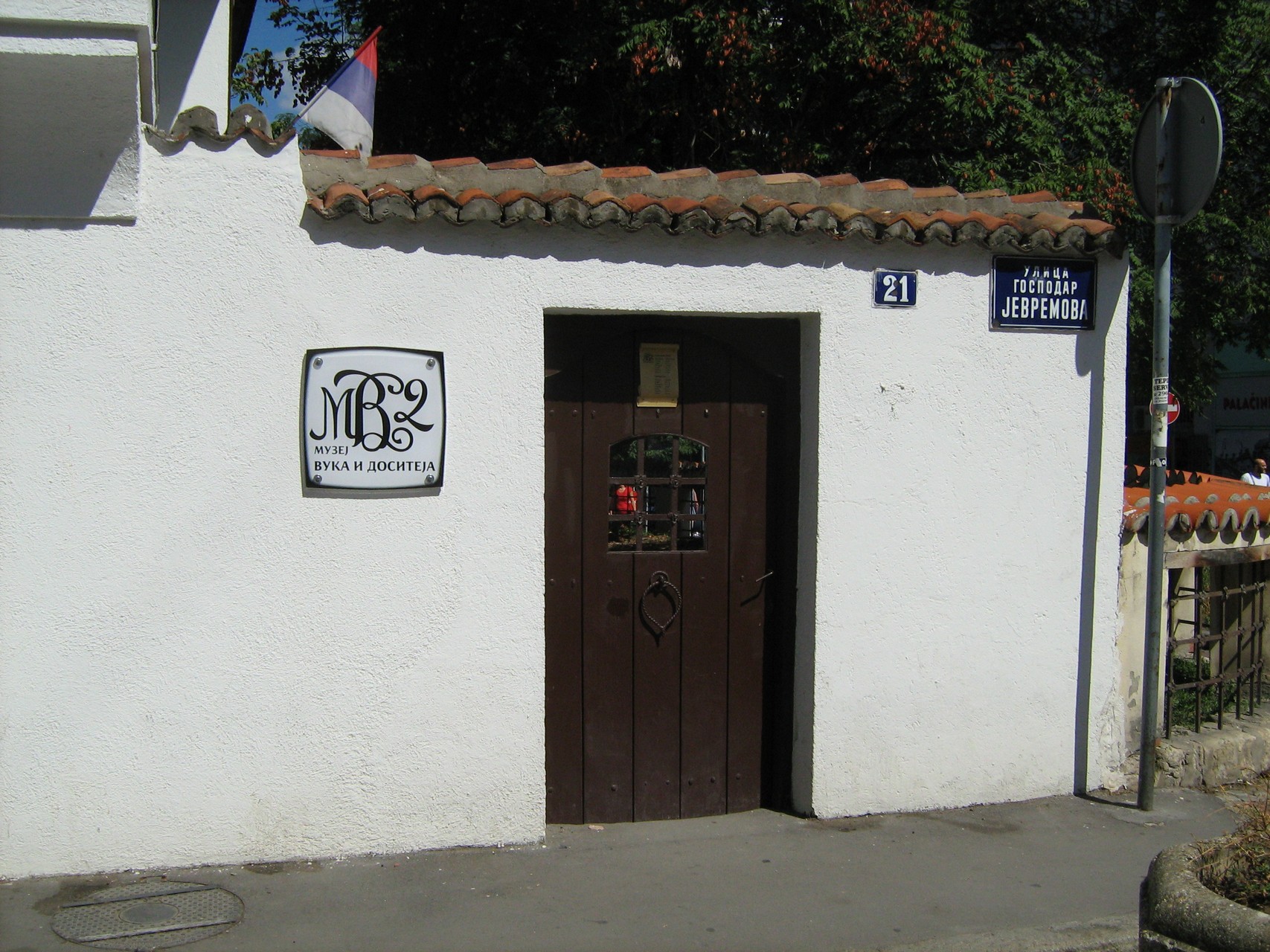 (cc)Djordje Stakić/CC BY-SA 3.0
(cc)Djordje Stakić/CC BY-SA 3.0
Museum of Vuk and Dositej
The Museum of Vuk and Dositej in Gospodar Jevremova Street is a memorial museum, dedicated to two greats of Serbian culture – the educator and the first Serbian Minister of Education Dositej Obradović and the reformer of the Serbian language, Vuk Karadžić. The Museum is located in a house that...
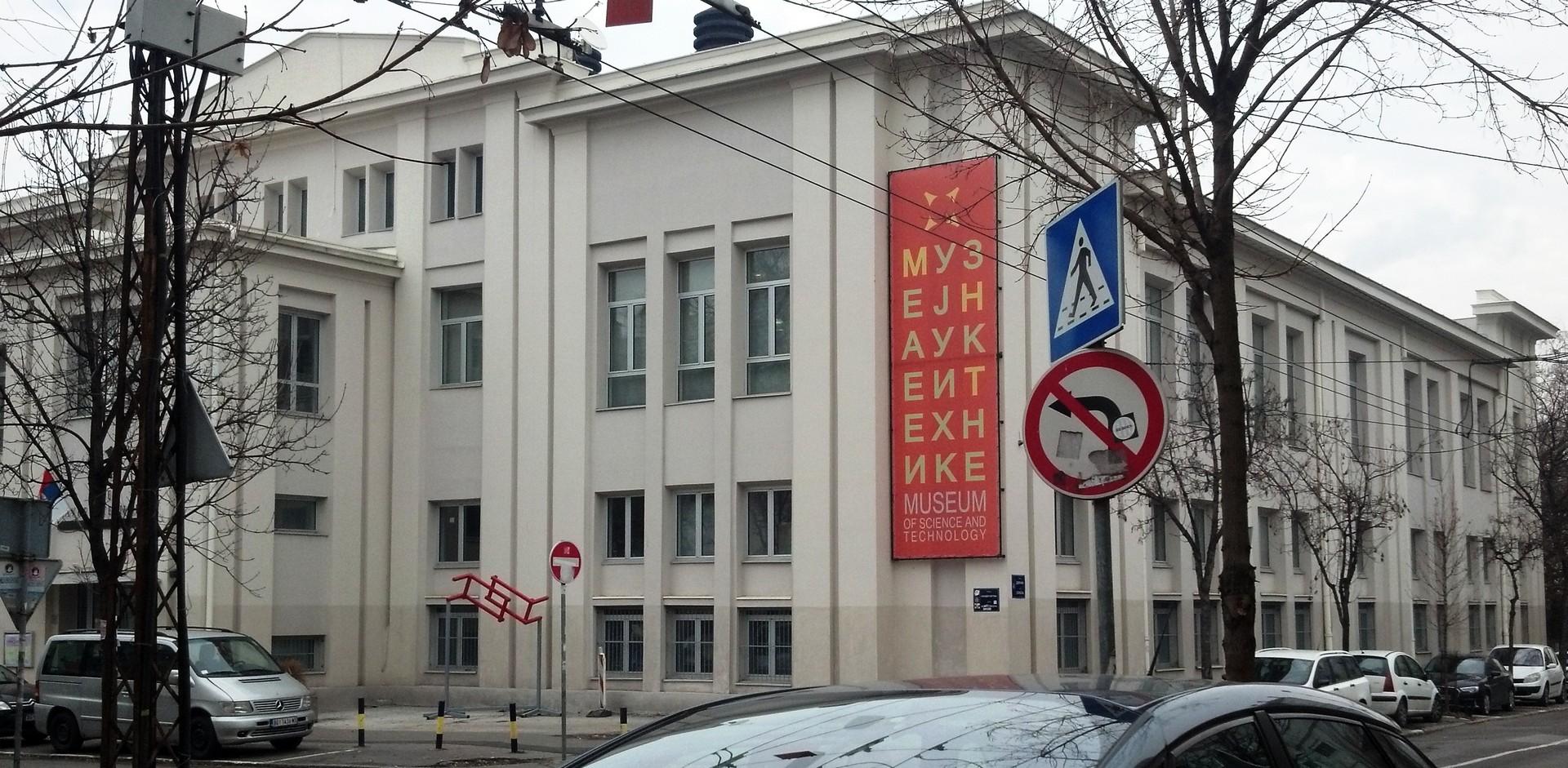 (cc)Nanabaka /CC BY-SA 4.0
(cc)Nanabaka /CC BY-SA 4.0
Museum of Science and Technology
The Museum is located in the building of the old electrical power plant in Dorćol, in 51 Skender-begova Street. It is a cultural institution of national importance. The primary activities of the museum are collection, research, protection and presentation of scientific and technical goods with the aim of raising awareness...
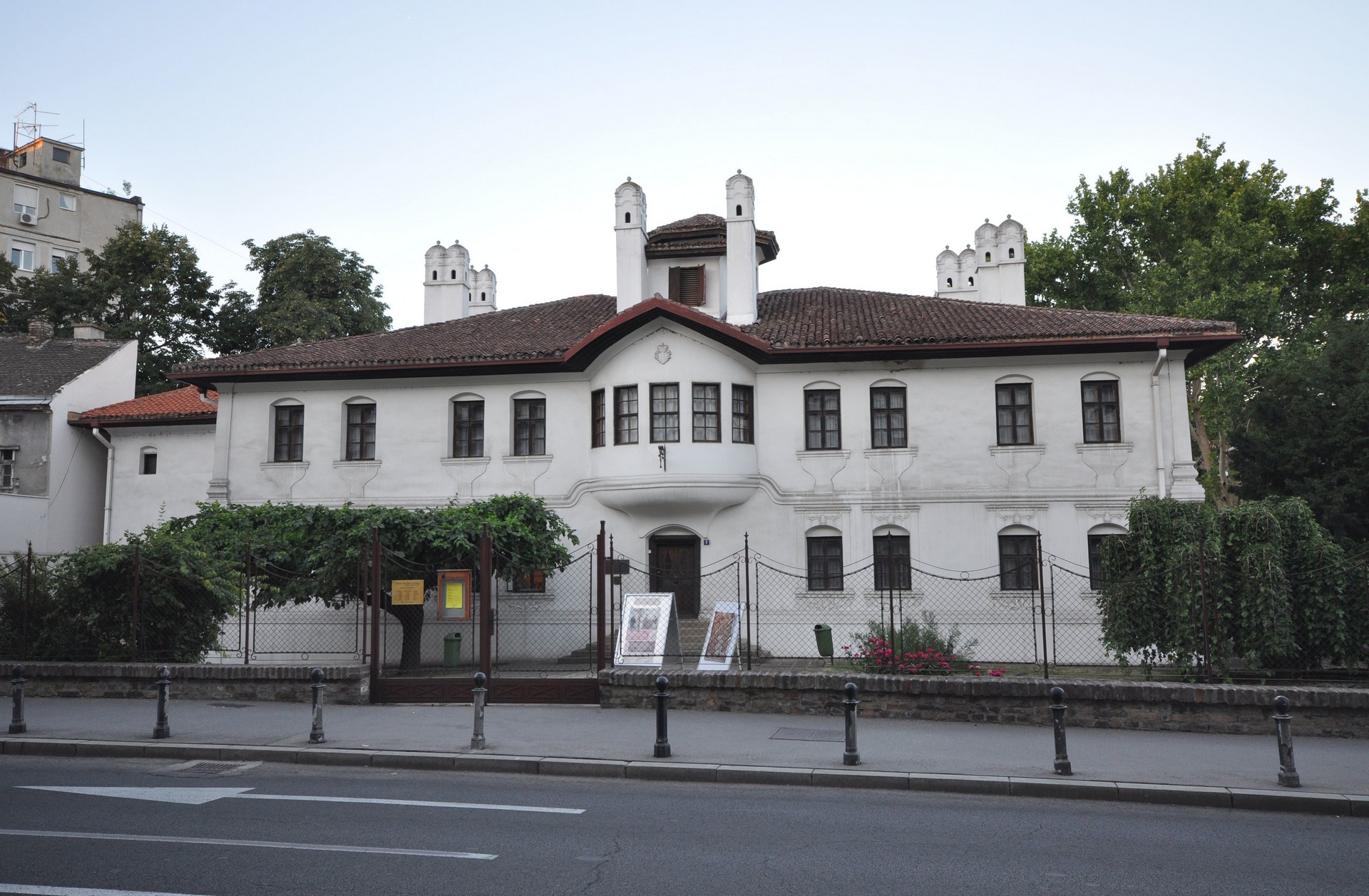 (cc) Jorge Láscar/CC BY 2.0
(cc) Jorge Láscar/CC BY 2.0
Princess Ljubica’s Residence
The residence of Princess Ljubica is one of the few preserved buildings from the time of the first reign of Prince Miloš Obrenović. With its Serbian-Balkan style architecture, this building represents one of the best examples of civic architecture of the first half of the 19th century in Belgrade. It...
 (cc) Milosdavidovic /CC BY-SA 3.0
(cc) Milosdavidovic /CC BY-SA 3.0
Residence of Prince Miloš
The Residence of Prince Miloš in Topčider is a royal residence, built for the Prince between 1831 and 1834, after Serbia gained autonomous status within the Ottoman Empire. It was erected by the order of Prince Miloš as the central building within the representative palace complex in Topčider. The palace...
 (cc) Mickey Mystique /CC BY-SA 4.0
(cc) Mickey Mystique /CC BY-SA 4.0
Memorial Museum of Ivo Andrić
The Memorial Museum of Ivo Andrić is a part of the Belgrade City Museum. It was opened in 1976 in an apartment at 8 Andrićev venac Street where the writer lived from 1958 until his death. The Museum is maintained by the Ivo Andrić Endowment. The authentic layout and appearance...
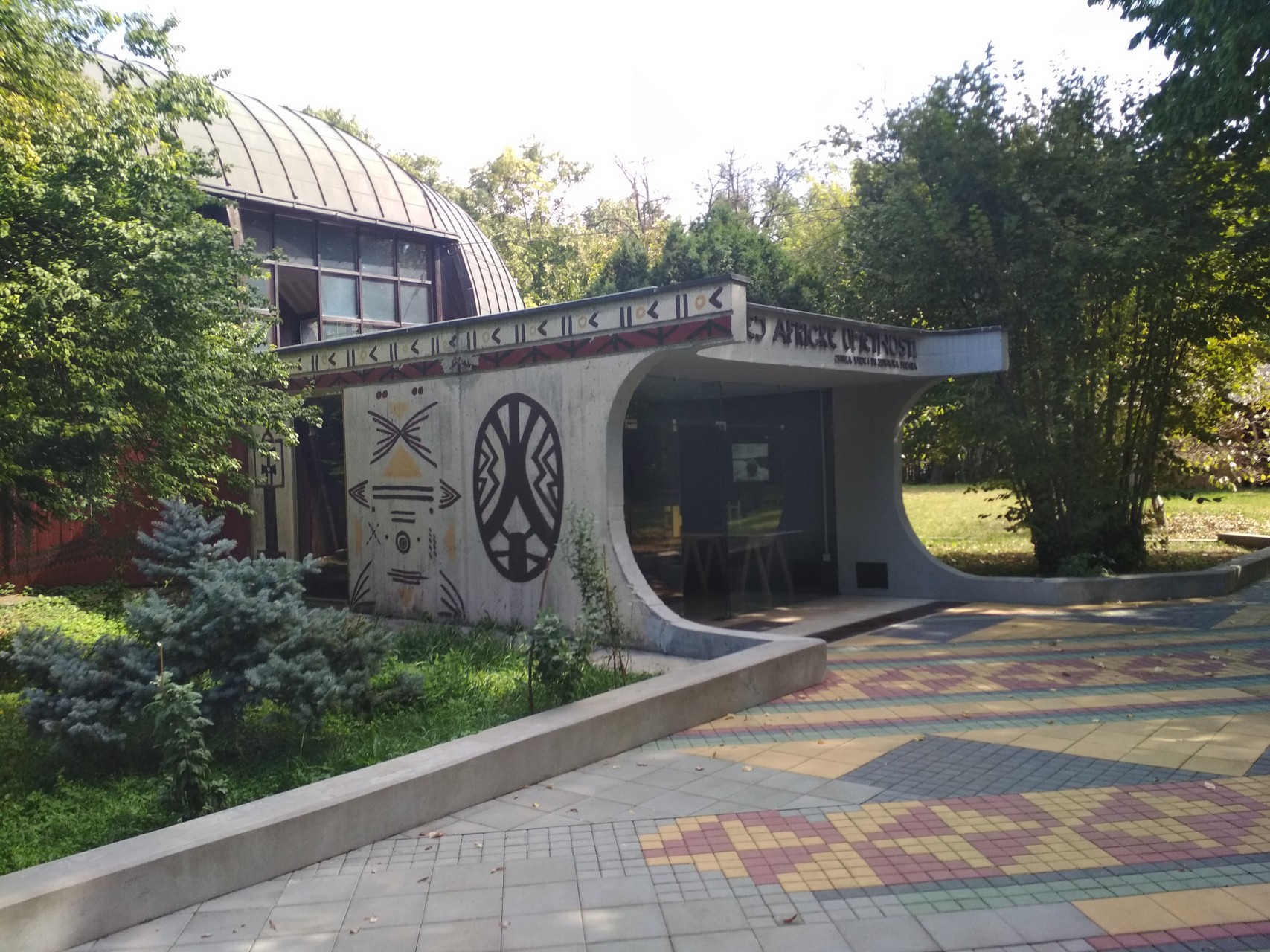 (cc) Filip Popovic /CC BY-SA 4.0
(cc) Filip Popovic /CC BY-SA 4.0
Museum of African Art
The Museum of African Art is located on Topčider Hill, in 14 Andre Nikolića Street. It was opened in 1977. It is the first and only museum in the region dedicated exclusively to the cultures and arts of the African continent. The permanent exhibition consists of valuable examples of primarily...
 (cc) Jorge Láscar/CC BY 2.0
(cc) Jorge Láscar/CC BY 2.0
Zepter Museum
Zepter Museum in 42 Knez Mihailova Street was founded in 2010 as the first private art museum in Serbia. The Museum building was designed by the Croatian architect Dionis Andrija Sunko in 1922 for the needs of the First Croatian Savings Bank. The main activity of the Museum is to...
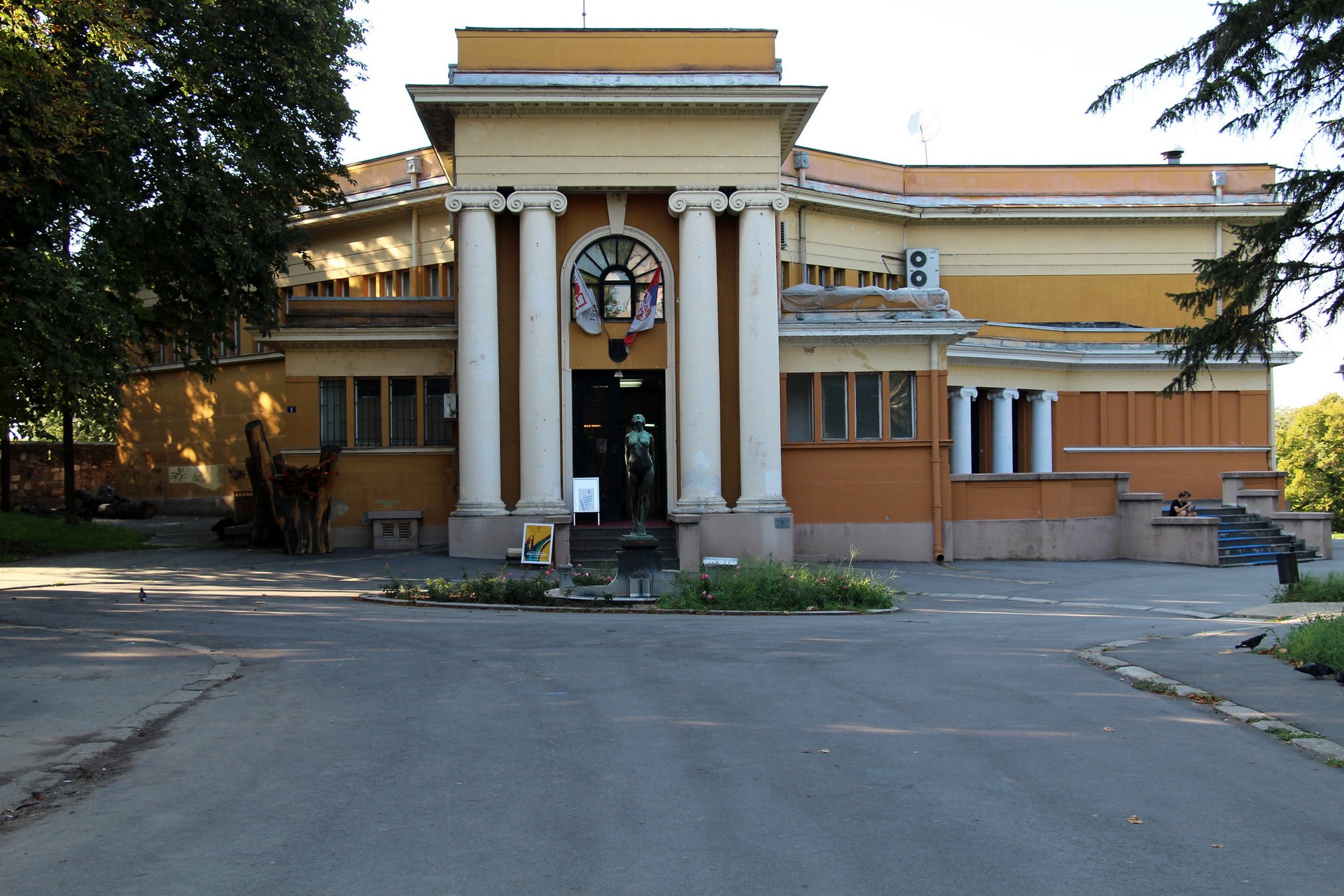 (cc) Fred Romero/CC BY 2.0
(cc) Fred Romero/CC BY 2.0
Art Pavilion Cvijeta Zuzorić
The Art Pavilion “Cvijeta Zuzorić” is located in the section of the Kalemegdan Park called Mali Kalemegdan. The Pavilion building was erected in 1928 after the design of the architect Branislav Kojić, in the Art Deco style. This gallery space of the Pavillion has been managed by the Association of...
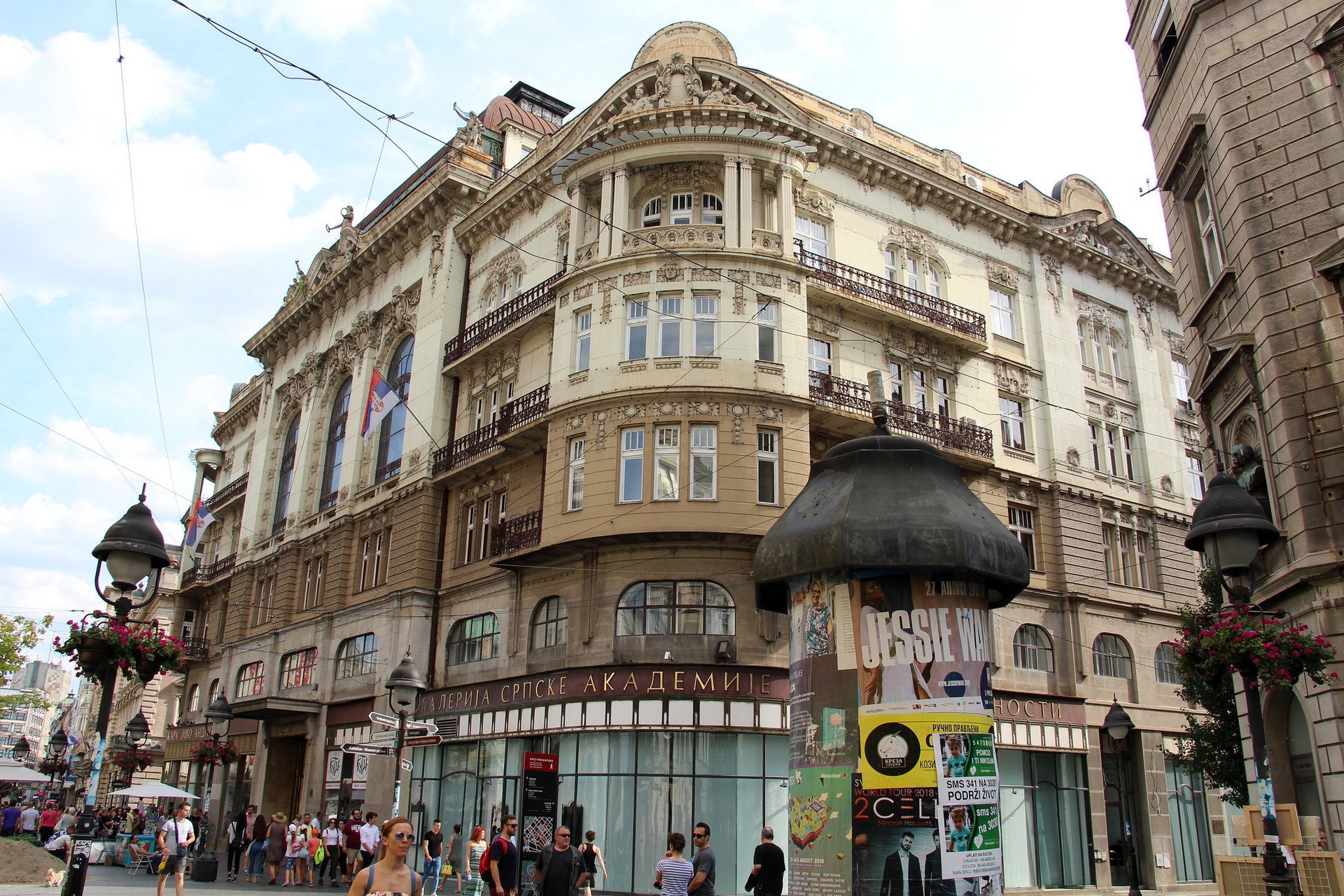 (cc) Fred Romero/CC BY 2.0
(cc) Fred Romero/CC BY 2.0
SASA Gallery
The SASA Gallery of of Visual Arts and Music is located in 35 Knez Mihailova Street, in the Palace of SASA (Serbian Academy of Sciences and Arts). It was founded in 1968 and operates as a unit within SASA. In 1967, a massive reconstruction of the ground floor premises of...
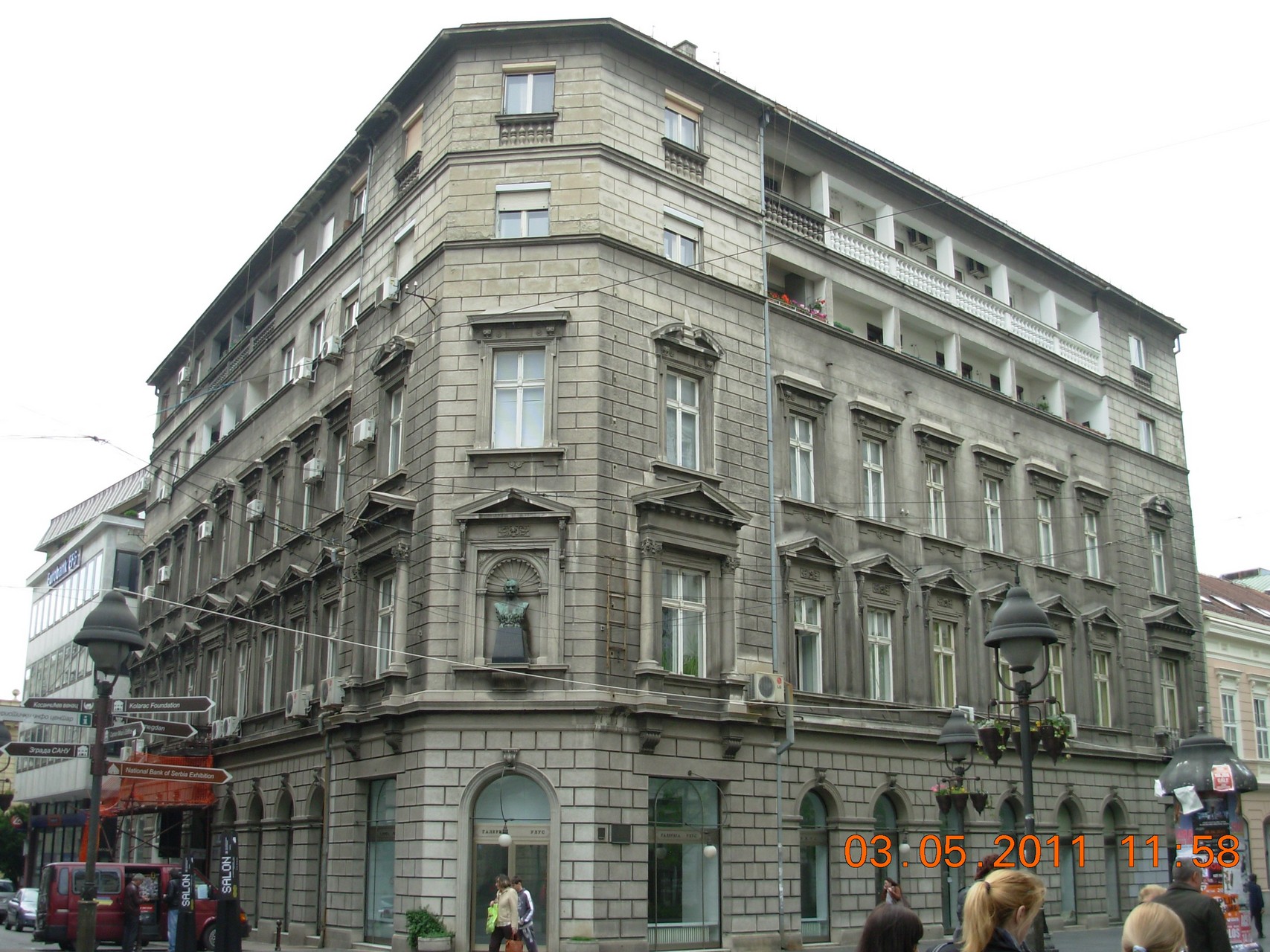 (cc)Goldfinger/CC BY-SA 3.0 RS
(cc)Goldfinger/CC BY-SA 3.0 RS
ULUS Gallery
The Association of Fine Artists of Serbia (ULUS) was founded in 1919. It is the largest art association in Serbia. Regular program activities of ULUS are realized in two exhibition spaces in the center of Belgrade – in the Art Pavilion “Cvijeta Zuzorić” on Kalemegdan and the ULUS Gallery at...
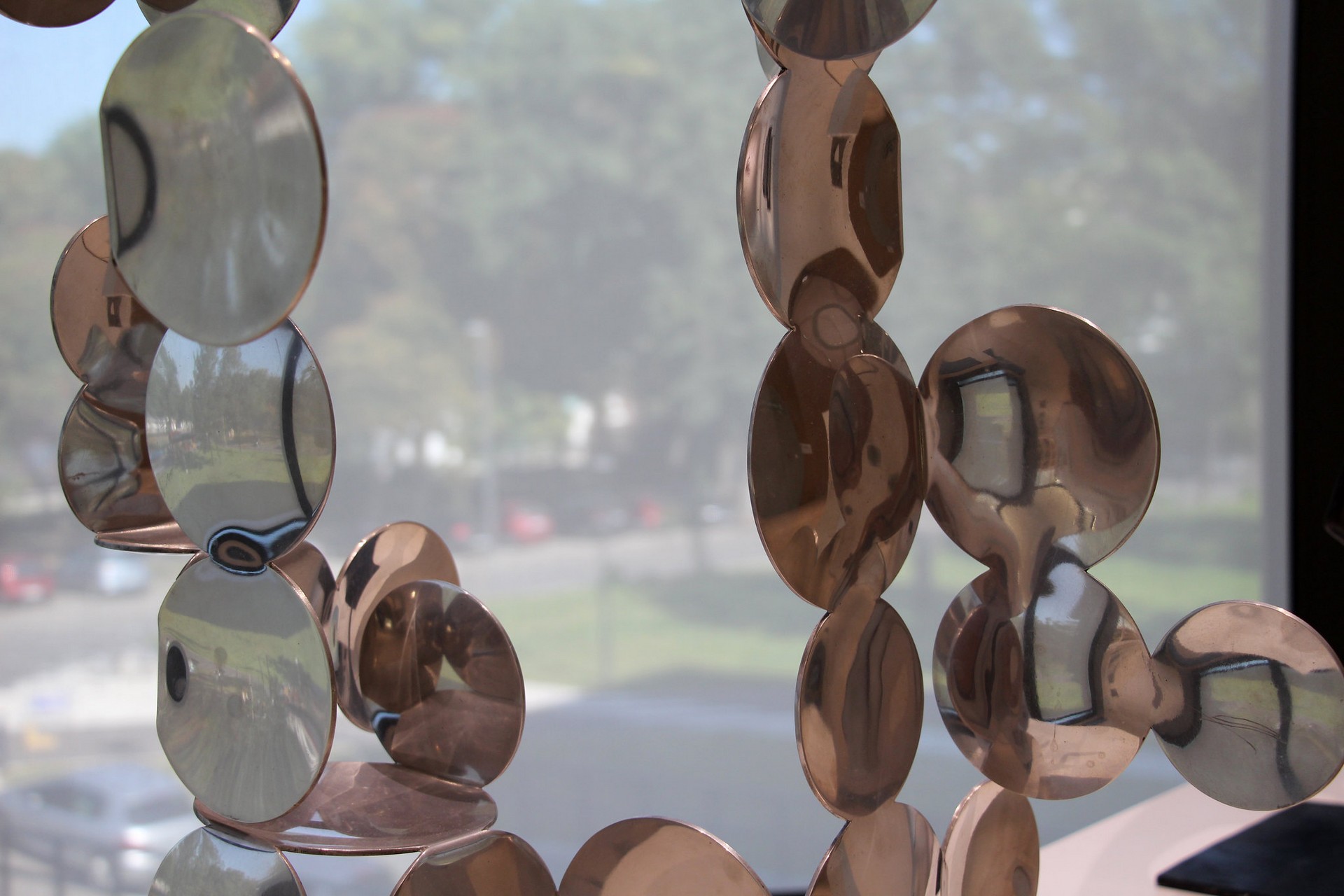 (cc) Fred Romero/CC BY 2.0
(cc) Fred Romero/CC BY 2.0
Salon of the MoCAB
The Salon of the Museum of Contemporary Art in Belgrade was opened in 1961 at 14 Pariska Street under the name of Modern Gallery. The salon started off four years before the Museum of Contemporary Art at Ušće was opened.The exhibition practice of the Salon has always been focused on...